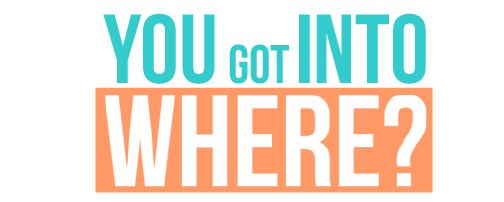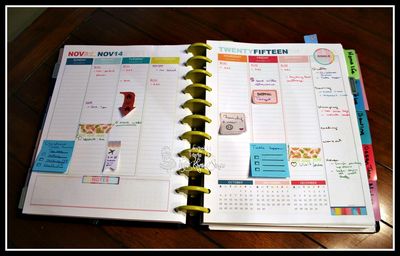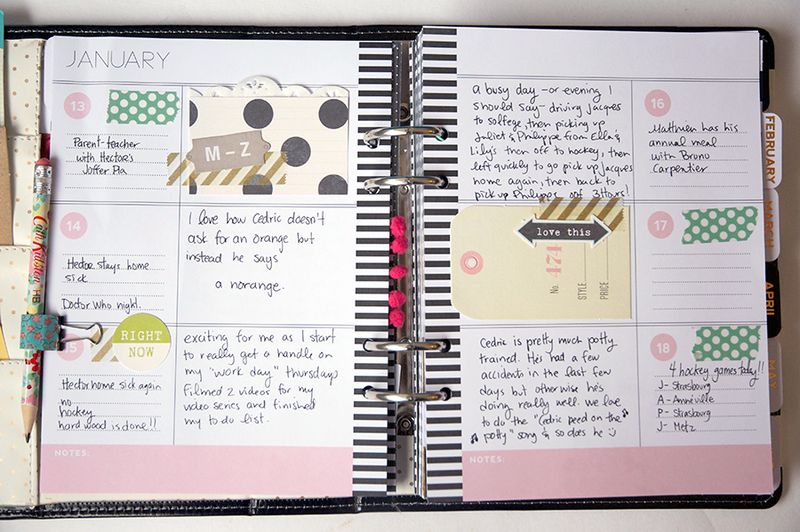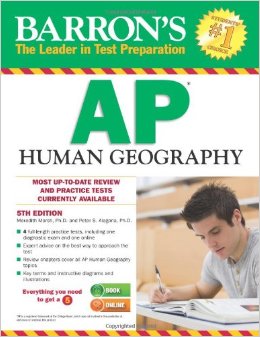Five Steps to Studying More Effectively
/When the teacher announces that there is going to be a test on said day, your first reaction may be to freak out, then the girl next to you leans over and says “we need to form a study group” you agree and next thing you know, you are now in a study group. Congratulations.
Step 1: Who?
Now that you guys have decided that you want to have a study group, the next thing you want to think about is inviting classmates to come study with you guys. Now, instinctively, your first reaction may be to invite all your best friends in class, this may be your first mistake. When you’re around your friends, you may take longer to actually study and may get off track often. This doesn’t mean take your worst enemy to go study with, all I am saying is to pick the people that are going to provide the best contributions and the people that you are least likely to completely steer from the task at hand, studying.

Step 2: When and Where?
Now that you guys have decided who is going to be in your study group, the next step is to pick a time and a location. Take a quick second to look at everyone’s schedule and choose the time where everyone can meet up, if someone is still unable to come, suggest they use FaceTime to be there, or call during the studying session to be there through phone. Now that you have a time, the next step is to choose a location. When considering a location, you want to pick somewhere where there is minimal noise, so rule out the arcade or the concert as a studying location. Some common places to study are the coffee shop (for instance Starbucks) or your local library. Make sure the location is easy for everyone in the group to meet up to, we don’t want Sally showing up late because there was traffic on the I-95! If finding a location for everyone to meet up to is getting quite hard, considering moving it to a group chat such as Kik or maybe take it old school and do three-way calling session or a Skype.
Step 3: Show up
Now this step is the most difficult, this is when you actually carryout the plans. There is probably a huge wasteland somewhere out there full of plans never actually seen through. Make sure everyone knows the plans and that everyone who is supposed to be attending, attends.

Step 4: Roles
To make sure this studying session is carried out well, make sure to establish roles. The most important roles to give are the leader, who will steer the conversation and make sure every topic is addressed, the time keeper, who will track how long you stay on a topic and when to move on, and the peace keeper (fact checker), who will settle disputes by looking things up on the web or in the book. These roles ensure that everyone is on task and the meet up is going smoothly.
Step 5: Study
Don’t forget that the main purpose for the gathering is to study, to get rid of distractions, make sure all phones are put away and make sure everyone is listening and not off on their own conversation, as you want to make sure everyone knows the material, including the girl/guy who always seems lost (you know who I’m talking about). Try using apps such as Quizlet or Khan Academy to help study, take advantage to materials like the internet to expand your knowledge, just beware of getting off topic and losing focus on the real goal, which is to pass that test!
If you follow these easy 5 steps, I ensure you that you will be able to form a study group and study effectively. Next time, when your professor announces that test, be the person who announces that there will be a studying session on said day and said time. Be the leader and take charge.













